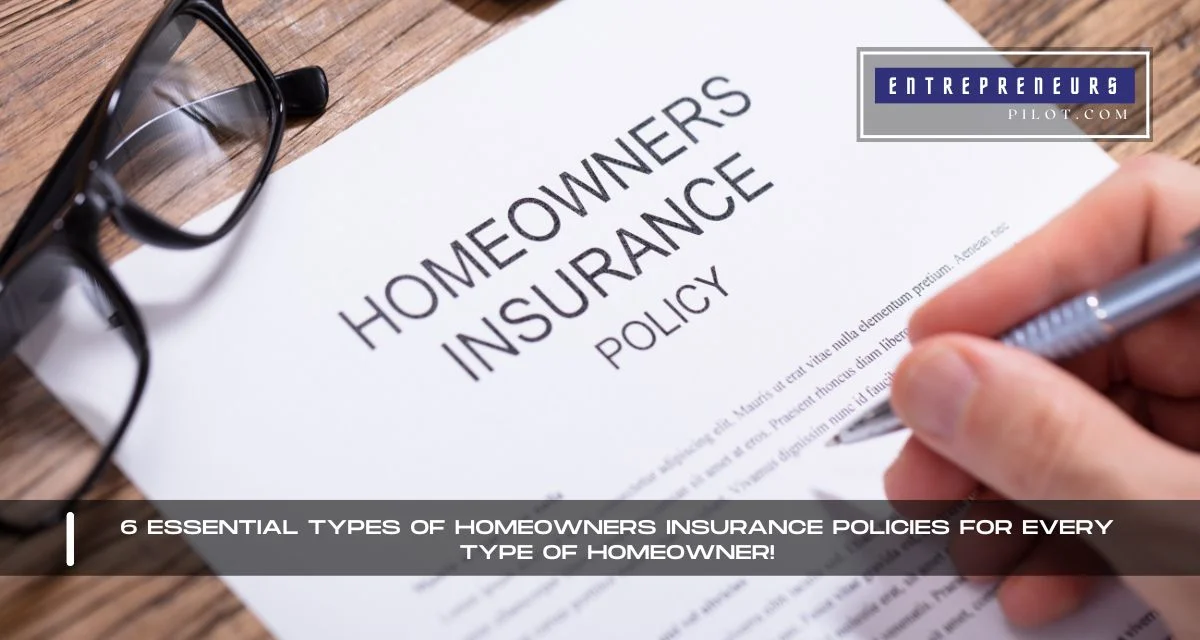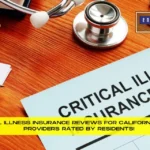Introduction
Your home is not just a place to lay your head; it’s a sanctuary, a space for making memories, and likely the most significant investment you’ll ever make. Protecting this investment against unforeseen events is not just smart—it’s essential. That’s where the Types Of Homeowners Insurance Policies come into play, offering a shield against the storms of life, both literal and metaphorical. From the cozy bungalow to the sprawling estate, there’s a policy tailored for every type of homeowner.
In this guide, we’ll unpack the 6 essential homeowners insurance policies, ensuring you have the knowledge to safeguard your home and peace of mind. Ready to dive in? Let’s explore how these policies can be the armor your home needs against the unexpected.
Table of Contents
Type 1: HO-1: Basic Form Homeowner Policy
HO-1 policies are the foundation of home insurance, providing coverage against a specified list of perils such as fire, lightning, and large-scale natural disasters. While it’s the most basic form of homeowners insurance, offering limited coverage, it’s a starting point for protecting your investment. Ideal for those seeking a no-frills approach to insurance, HO-1 policies cover the essentials, ensuring you’re not left out in the cold should disaster strike.
Type 2: HO-2: Broad Form Homeowner Policy
Building on the foundation laid by HO-1, HO-2 policies encompass a broader spectrum of protection, covering everything in HO-1 plus additional perils like falling objects and the weight of ice, snow, or sleet. This policy type is a middle ground for homeowners seeking comprehensive coverage without venturing into the more extensive territory of an HO-3 policy. It’s perfect for those who want peace of mind against both common and less frequent occurrences.
- For Expert Financial Insights And Guidance, You Can Visit Our Sister Site – ArabsGeek.com Now!
- Curiosity Piqued? Dive Into the Most Captivating Financial Content by Visiting Our Homepage!
- Unlock Exclusive Business Opportunities! 🚀 Connect with Us Now at our Email: [email protected]!
Type 3: HO-3: Special Form Homeowner Policy
The HO-3 policy is the most popular among homeowners, offering an all-encompassing shield that covers all perils except those explicitly excluded in the policy (such as earthquakes and floods). This type of policy balances affordability with comprehensive coverage, making it suitable for the majority of homeowners who seek extensive protection for their home and belongings. If you’re looking for a policy that covers a wide range of incidents, HO-3 is your go-to option.
Type 4: HO-4: Tenant’s Form
Not just for homeowners, the HO-4 policy is designed for renters, covering personal property against the same perils as the HO-2 policy. It also includes liability coverage, protecting renters against accidents in their rented home. This policy is a vital tool for renters seeking to protect their belongings and themselves from unforeseen events, ensuring that they too have a safety net in place.
Type 5: HO-5: Comprehensive Form Homeowner Policy
The HO-5 policy is the gold standard of homeowners insurance, offering the most extensive coverage available. It not only covers all perils (with the exception of those explicitly excluded) but also includes higher coverage limits and expanded coverage for personal property. This policy is ideal for those with high-value homes and possessions, providing a robust safety net that leaves no stone unturned in protecting your assets.
Type 6: HO-6: Condo Form
Designed specifically for condominium owners, the HO-6 policy fills the gaps left by the condo association’s master policy, which typically only covers the building and common areas. HO-6 policies provide coverage for the interior of the unit and personal property, as well as liability coverage. This policy is essential for condo owners, ensuring comprehensive protection that complements the master policy, safeguarding their home from the inside out.
Conclusion | Types Of Homeowners Insurance Policies
Understanding the different types of homeowners insurance policies is crucial in choosing the right coverage for your home. Whether you own or rent, live in a condo or a single-family home, there’s a policy designed to meet your needs. These 6 essential types of homeowners insurance policies offer a range of options that can provide peace of mind and financial protection against the unexpected. Remember, investing in homeowners insurance isn’t just about protecting your property; it’s about ensuring the security and stability of your personal sanctuary. Choose wisely, and rest easy knowing your home is well-protected.
Frequently Asked Questions
01. Can I switch from one type of homeowners insurance policy to another?
Yes, you can switch policies or adjust your coverage as your needs change. It’s essential to review your policy annually to ensure it still meets your needs and to explore other options that might offer better coverage or value.
02. Are natural disasters like earthquakes and floods covered by standard homeowners insurance policies?
Typically, standard policies like HO-3 do not cover earthquakes and floods. Separate policies or endorsements are needed to protect against these specific perils.
03. How much homeowners insurance do I really need?
The amount of insurance you need depends on the replacement cost of your home, the value of your personal belongings, and your liability coverage needs. It’s important to have enough coverage to rebuild your home and replace your belongings in case of a total loss.
04. Is homeowners insurance required by law?
No, homeowners insurance is not required by law. However, most mortgage lenders require you to have insurance to protect the investment.
05. Do homeowners insurance policies cover theft of personal property?
Yes, most homeowners insurance policies, including HO-3 and HO-5, provide coverage for the theft of personal property, both inside and outside of your home. However, there may be limits on the amount of coverage, so it’s important to review your policy details.











